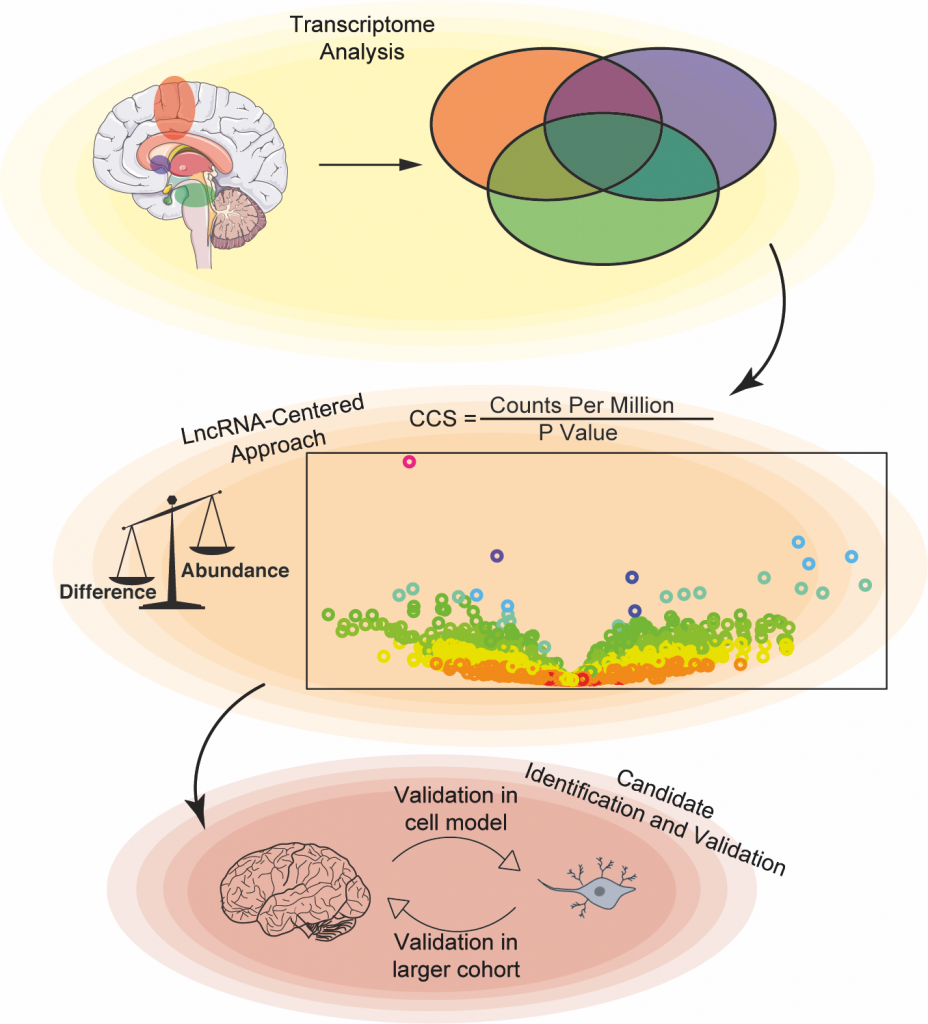Parkinson’s disease is the most common motor neurodegenerative disorder, resulting from the selective destruction of dopamine-secreting nerve cells in a brain region called substantia nigra. However, why those neurons die, is still unknown. The recently discovered class of genes called long noncoding RNAs (lncRNAs), play a role in many physiological and pathological conditions. We studied how lncRNA changes in the substantia nigra by analyzing post-mortem brain tissue from Parkinson’s disease patients. We discovered the accumulation of the LINC-PINT lncRNA in the substantia nigra of Parkinson’s patientsas well as in several other models of Parkinson’s disease. LINC-PINT is expressed in neurons, and its levels are correlated with the complexity of the neuronal network. By knocking down LINC-PINT in cultured neurons, we found a protective role for these molecules against oxidative stress, a known phenomenon in Parkinson’s disease. Taken together, our findings suggest a protective role for LINC-PINT in Parkinson’s disease, as well as in other neurodegenerative diseases.

